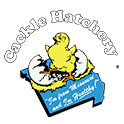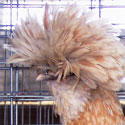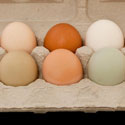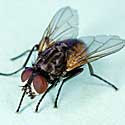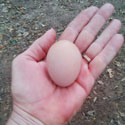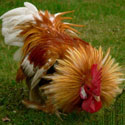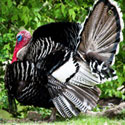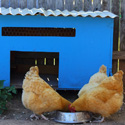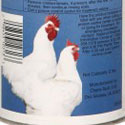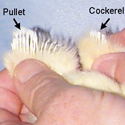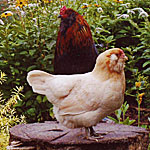
Keeping chickens in the garden may be picturesque, but chickens can do a lot of damage in a surprisingly short time, especially to freshly planted seeds or tender sprouts. A couple of chickens roaming in a large garden after the plants mature may do little damage, but in a small or newly planted garden just […]
Continue Reading